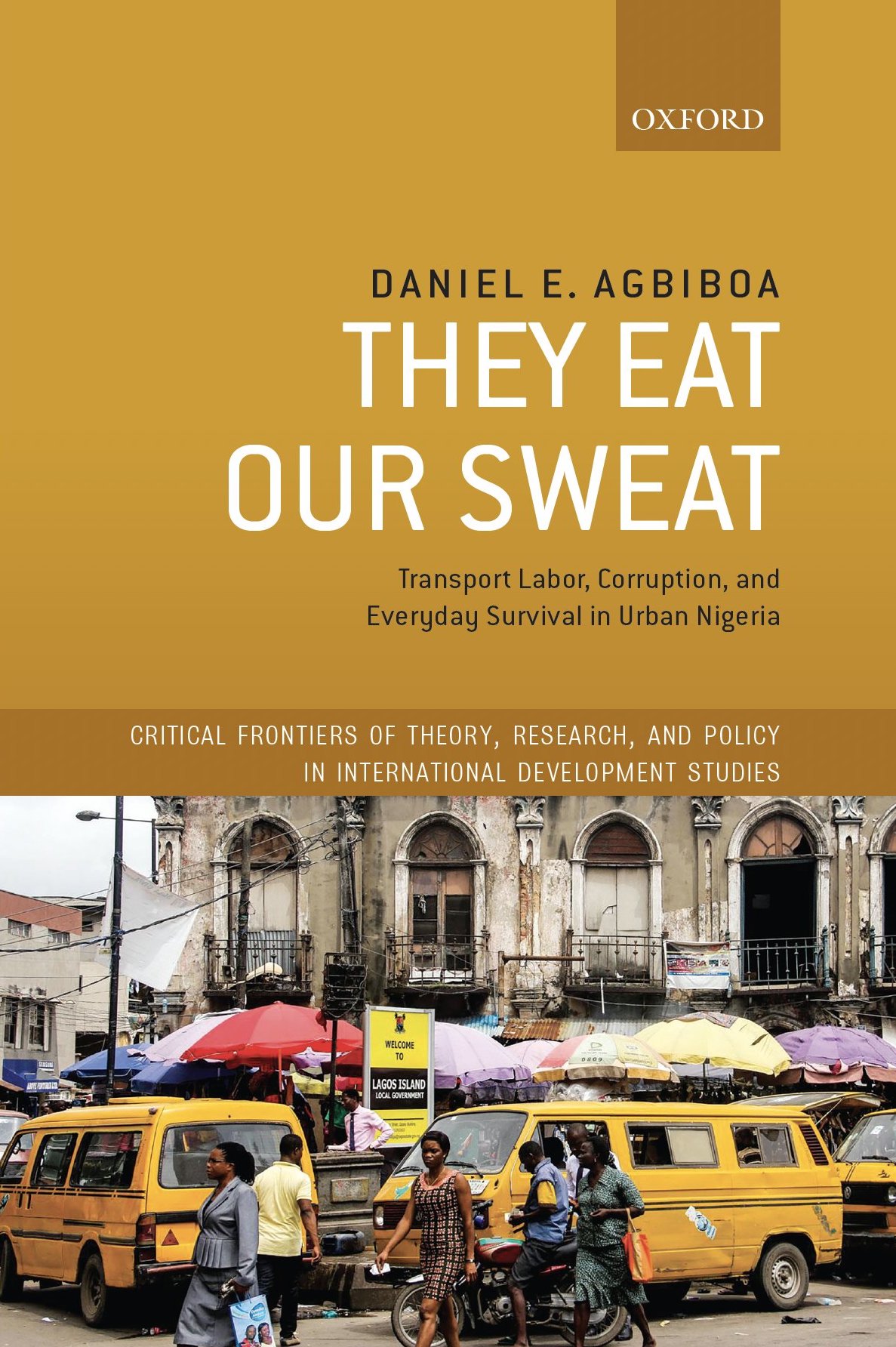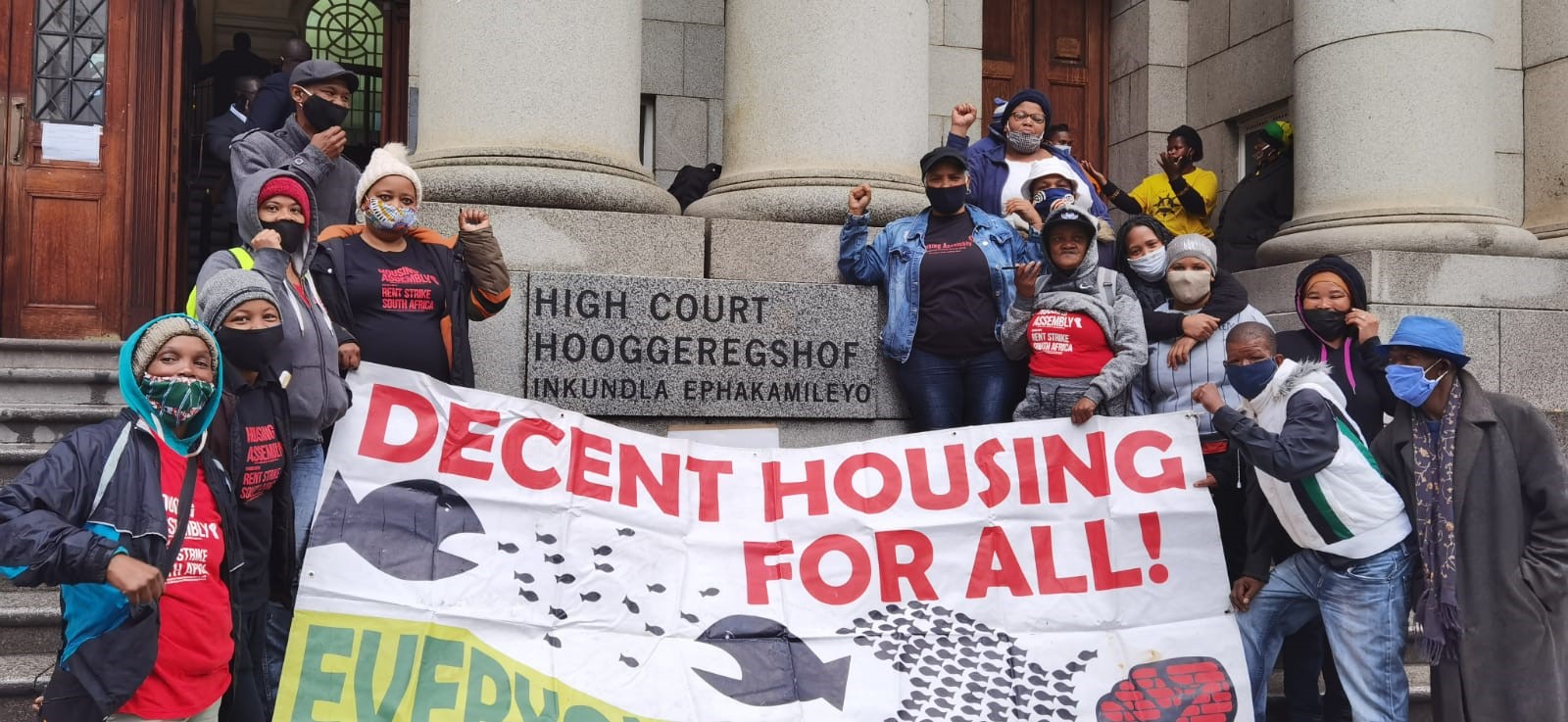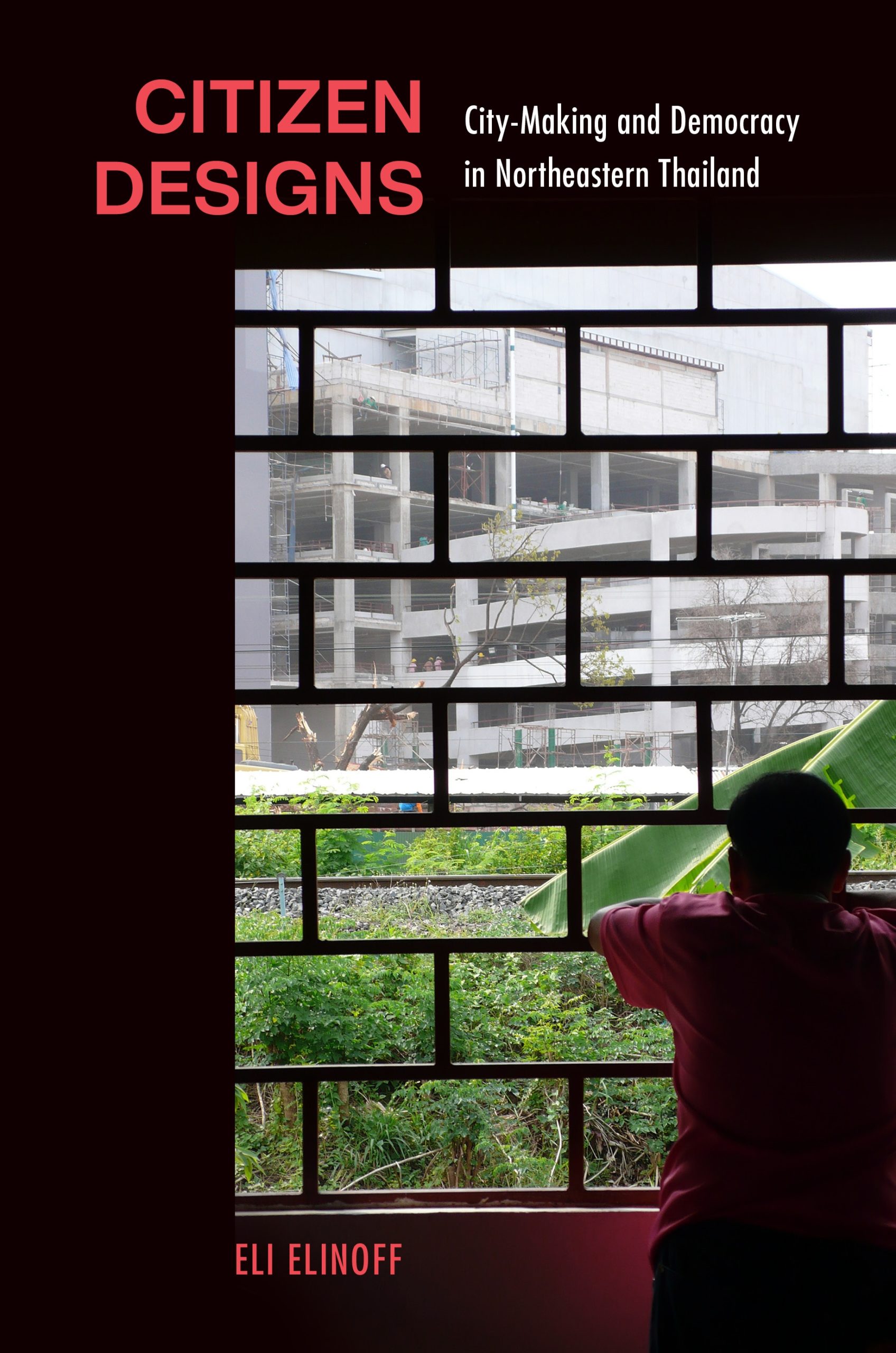A
t the beginning of The Paradoxes of Planning, Sara Westin tells us that she initially wanted to open her book with the sentence “I love cities”. It is no surprise then that one finds, here, a book that is deeply in love with the urban and passionate about what cities make possible for those who live there. But precisely what it is about the city that Westin loves is a more complicated question.
This is a book above all about a particular ideal of the urban—an urbanity of bodies and encounters, democracy and publicity, contact and sensuous experience — a vision of the city we are perhaps most familiar with from the great counter-cultural reactions to modernist urban planning such as Jane Jacobs’ Death and Life of Great American Cities and Richard Sennett’s Uses of Disorder. In The Paradoxes of Planning, Westin traces this ideal through an impressive range of sources and traditions, from urbanists like Jacobs and Sennett, to the literature of Virginia Woolf and August Strindberg, Baudelaire and his interpreters in Walter Benjamin and Susan Buck-Morss, and even the space-syntax theories of Bill Hillier. The Paradoxes of Planning is a remarkable book in this regard: ambitious in its scope, wide-ranging in its theoretical terrain, richly observed, and patiently committed to delineating the relationship between Westin’s ideal of the urban and the built form that could support it.
Transposed into a slightly different register, the “urban” Westin presents here reminds me most of Iris Marion Young’s (1990) famous argument about “city life” as the answer to the liberal deadlock of individual and community. Young’s ideal city—her “being together of strangers”—was a space where unassimilated difference would finally be possible, where people could dwell together without insisting that their differences be flattened into sameness. It’s this political ideal that Westin seems to think is at stake in the problem of urban planning and what she finds so lacking in the “city-like” developments around Stockholm that are the main targets of her critique. But while there are clearly important political stakes in the question of urban planning, it is not to political theory that Westin turns. In trying to understand why these “all too planned” (page 241) places fail to deliver on their promises—why they achieve none of the variety, eroticism, and publicity that Young claims as virtues for the city—Westin puts architects and planners on the psychoanalytic couch. This is an interesting move, though one that is far from uncontroversial because so many of the problems she identifies (from the mechanics of planning to more abstract problems like alienation) have quite clear political economic dimensions. Nevertheless, this shift—from politics to ethics, one might say—opens Westin’s text to a number of interesting insights about cities. I will focus on just a few of these, paying attention to some of Westin’s psychoanalytic observations.
The flâneur
Central to the question of what the city makes possible is the flâneur, and The Paradoxes of Planning is a truly beautiful defense of this recurrent figure in urban studies. Westin’s is a reclamation of sorts, a recuperation of the flâneur from those traditions that positioned this figure as alternately aloof, indifferent, dispassionate, or compensating for a lack. Westin’s flâneur is thoroughly embodied—a passionate, wild, and hungry participant in city life. Westin’s flâneur is also—following a line opened by Elizabeth Wilson—more likely female, despite the well-known critique of the flâneur from feminist scholars. As part of her project to make of the flâneur a “timeless” and “universal” figure embodying a particular attitude towards urbanity, Westin draws on Virginia Woolf for a model of a woman desperate to escape the stultifying suburbs and to take part in the tumult of London streets. The public space of streets becomes the promised land for she who has been prevented from fully experiencing them. No wonder then that the ideal flâneur should be a woman, for, as Westin argues, “if anyone has a need to escape the home, is it not the one who according to society’s conventions, should stay there?” (page 44).
As problematic as it is to de-historicize the flâneur and make of her an ideal figure (see Andrew Shmuely’s contribution to this forum), this universalizing gesture makes some interesting insights possible. Flâneurie is fundamentally about passion for Westin, and she pushes back forcefully against feminist arguments that seek to distance women from the unreasonable excesses of passion as they make eminently reasonable demands for equality and inclusion in the public sphere. In an interesting twist, Westin invokes Lefebvre’s right to the city in this argument and aligns the flâneur with it. The right to the city becomes a right to flâneurie, a right to take part in the sensuous pleasures of urban life. In certain moments, we can almost see Westin pushing beyond the language of rights towards something like an injunction—an imperative to “not give way on one’s desire”—making the flâneur an ethical subject in the Lacanian sense. It becomes something like one’s duty to leave the private space of the home and to go into the streets. Once there, Westin wants the flâneur to go beyond the demand for justice and equality to demand more—to make an excessive demand for something beyond what one merely needs to what we, as people, might desire. For Westin, the right to the city only makes sense when it is reimagined as the right to desire.
Dionysus
Despite this Lacanian moment, as a work of psychoanalysis this book has less in common with Lacan than it does thinkers like Herbert Marcuse, R.D. Laing, and Norman O. Brown. This is the school of psychoanalysis most focused on the social determinants of psychic life, which locates the cause of human suffering in the split that society engenders within the individual. Westin presents two axioms in her introduction that speak to this question: first that “man has a tendency to make himself unhappy”, and second, that “the relationship between society and the individual is conflicted” (page 5). While they are presented on an equal footing in the introduction, I think it is safe to say that Westin gives the latter considerably more weight, and locates man’s discontent far more in his social being than in himself. The problem for her is less subjectivity itself than being in relation to others.
This position is tremendously attractive, of course, because it leaves open the possibility that if society can be changed—perhaps in part through urban planning—man could be made happy. There are, however, problematic aspects to this position, and these are most clearly expressed in the discussion of Dionysus that is so central to this book. In a somewhat static dichotomy, Westin aligns Nietzsche’s Dionysus with the passion of the flâneur, the publicity of the street, and the possibilities of contact, while Apollo stands for the Cartesian rationality of the planner. This Dionysian energy is clearly something absolutely essential to cities, but it’s something that I think we need to be a bit more suspicious of. Even though the author is circumspect about Dionysus, and is careful to emphasize that a balance between the Apollonian and the Dionysian energies is required, it is fair to argue that the Apollonian planner is singled out for critique while the Dionysian flâneur is venerated. In itself, this is defensible (indeed, I prefer this polemical gesture to the nostrums of “balance”), but I think we need to be wary about overly celebrating Dionysus as a liberating force. If Apollo and Dionysus appear in this text as near synonyms for id and superego, for instinct and society, for the renunciations that are required in order to make kultur possible, I think it could be helpful to read the opposition not in the “social” language of primitive/civilized but in the Freudian “developmental” register as infant/adult—insofar as both oppositions describe a transition within which renunciations are required.
In its social formulation, it is always tempting to see society as demanding that we give up too much, to accuse the superego of being too strict, and to seek the solution in a less repressive society. But if we move from phylogeny to ontogeny, and read this opposition in the light of Freud’s account of the development of the individual, the lessons we draw are more ambiguous. What is it that must be renounced by the child in order to become an adult, and what is it about the child that we want to celebrate as unrepressed Dionysian energy? Certainly, there are elements of human experience that we are loath to see stamped out of the child (their joyousness, their openness to the world) but there are others we are more than happy to see repressed or sublimated. Anyone who has read Freud’s account of the anal sadistic phase—and indeed, anyone who has spent time around toddlers—knows that there is a deep and profound capacity for rage and destruction in human beings. A psychoanalyst I knew once remarked that if they had the strength, every two-year-old would be a murderer. Such is the rage that we encounter in the unrepressed individual. If we want to celebrate Dionysus, let’s not forget that people died at the bacchanalia.
Westin occasionally appears to present Dionysus as an unproblematic solution to the problems of the overly-planned Apollonian city and therein to human happiness. To my mind, a more satisfying answer might lie in an even greater faithfulness to the dialectical methods that Westin espouses. While Westin describes her analysis as dialectical, in a number of instances (pages 4 and 35-36) she equates Dionysus with the dialectic rather than treating the Apollo/Dionysus dyad itself as a dialectic. In this way, a truly dynamic relationship is rendered static. Rather than simply celebrating wild Dionysus over bureaucratic Apollo, arguing that all that ails us is the repression of our desires, perhaps we could argue that planning is the third term which mediates this opposition. More than just a “neurosis” (page 95), planning might also be the very moment of the dialectical mediation of Apollo and Dionysus, of order and spontaneity—of how, finally, we find a way to make space for the Dionysian energy in man.
Boredom
The final remark I will make concerns Westin’s exploration of the concept of boredom. Boredom is first and foremost presented here as something the author herself experienced in the suburbs and city-like developments so closely scrutinized in this book. Indeed, the question “What is it that is so boring about these places?” might be the emotional core of this book. Westin considers boredom from a number of vantage points. She asks if boredom is located in the subject or in the object:
“is boredom a property of the space itself or is it just something I attribute to the space in light of my own state of mind?” (page 26).
She examines Virginia Woolf’s “struggle against boredom” (page 41) as an explanation for her need to abandon the suburbs for London. She describes Richard Sennett’s historicization of boredom as a unique property of modern life in affluent societies, when we have been freed from the demands of interacting with others daily to satisfy our basic needs (page 41). And she describes boredom as a restless hunger out of which the practice of flâneurie emerges, before finally attempting to replace boredom with alienation in an attempt to understand boredom as alienation from the body and lived experience (page 126).Boredom is often intuitively understood as lack—as the experience of “having nothing to do”. Accordingly, we understand the boredom of the suburbs as in some way stemming from the fact that there is nothing to do or see there. Psychoanalysis offers an alternative account of boredom that both parallels Westin’s account and could potentially push it further. In “Mourning and melancholia,” Freud writes that “in mourning it is the world that has become poor and empty; in melancholia it is the ego itself” (2001[1917]: 246). Adam Philips adds that in boredom, it is both—both the world and the ego are empty for the bored subject. According to Philips, boredom is multi-faceted. It is the “wish for a desire” (page 68), the wanting and waiting for something without knowing what it is; at the same time, it is a suspension of desire that serves the purpose of separating the subject from a desire experienced as threatening.
Seen this way, boredom is a Janus-faced affect: simultaneously the experience of an absence of desire and a signal that a desire has been repressed. It is helpful to remember that in psychoanalysis, affect is no proof of anything. One of Freud’s most important insights is that affects are not repressed, only representations are. In repression, the connection between affect and representation is severed and affects that were once connected to particular representations (thoughts, wishes) become detached, displaced onto other representations, sublimated, or transformed into their opposite. Boredom in this respect is worth paying attention to because the experience of not-feeling may well be related to a very intense feeling whose connection has been severed by repression.
Westin touches on some of these valences of boredom when she evokes the hunger of the flâneur and I think that this line of inquiry could be pushed still further. Rather than seeing boredom as the affect of alienation—the result of being alienated from the body and from Dionysian play—what would it mean to think about this hunger as something unconsciously willed, an affect that signals the repression of something? Transposed into the suburbs, what if, there too, boredom was a signal that something was going un-thought? That the experience of boredom was ultimately less threatening than what it displaced? What thought or wish would we posit is not expressed there, but is instead translated into boredom? Finally, what could this reading tell us about the empty streets of city-like neighbourhoods like Hammarby Sjöstad? If boredom is the “wish for a desire”, what is it about these new planned neighbourhoods that creates the space for such a wish—a space of waiting for a future desire—and what might this tell us about the popular imaginary of the suburbs?
To conclude, I do not know what desires might be revealed by a further analysis of boredom, but I think that this suggestion follows closely on my earlier critique of the figure of Dionysus. I believe that we need to be wary of locating the solution to our problems in terms of simply overcoming repression, alienation, and boredom, whether that takes the form of a celebration of Dionysus over Apollo or Homo Faber over Homo Ludens (page 62). In a book so committed to both dialectical and psychoanalytic thinking, I think that Westin could have been both more dialectical and more psychoanalytic with respect to this issue. The resolution of these antagonisms cannot simply lie in overcoming repression so that our truer selves can be free, but in recognizing how repression is itself a function of our particular fantasy of freedom. If, as Westin argues, planning is a neurosis—an obsessive overcompensation for the shock of the modern city—,it is a symptom that requires an analysis of not only its pathologies but also the fantasies that sustain it.




















